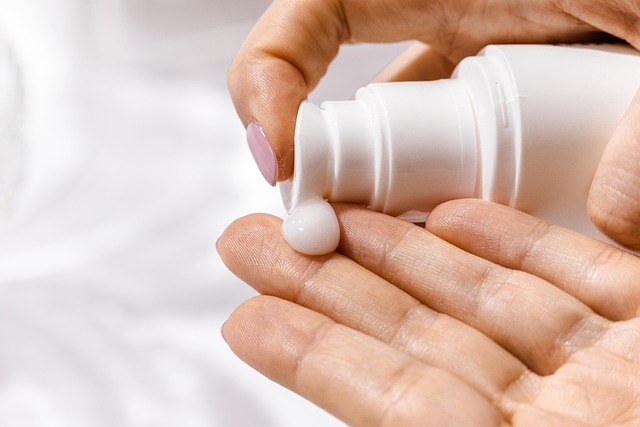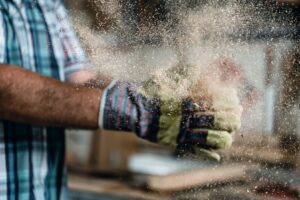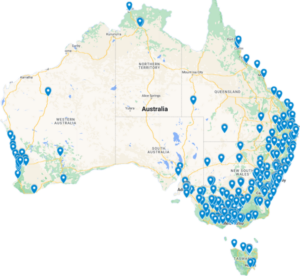Sunscreen is in the news since consumer advocacy organisation, Choice, released its list of products that fail to meet their SPF promises.
Not all sunscreens are equal when it comes to skin protection
Choice independently tested popular Australian products and found that many fell far short of the level of protection that they claimed on their packaging.
One brand claiming to have an SPF of 50+ returned an SPF of just four, while even trusted brands like Cancer Council performed more poorly than expected.
While Cancer Council stands by its SPF ratings, out of an abundance of caution it has committed to retesting its products in light of the study. Others have queried the methodology of the testing arranged by Choice.
The role of sunscreen in protecting from skin cancer
Where does this leave Australians who want to protect their skin?
Mobile Screening Skin and Health Check Division Manager Harriet Clayton says sunscreen continues to be a vital tool in preventing skin cancer, despite the recent controversy.
“Australia has the highest rates of skin cancer in the world and any SPF is better than none. It is also important that people apply sunscreen correctly to ensure it performs as it should. Apply correctly, reapply as recommended and store in a cool dry location.”
What the SPF rating means
The SPF (sun protection factor) rating indicates the amount of UVB radiation that potentially reaches the skin if the sunscreen is applied according to directions.
- SPF30 is estimated to filter 96.7% of UVB radiation with 1/30th (3.3%) of UV reaching the skin.
- SPF50 is estimated to filter 98% of UVB radiation with 1/50th (2%) reaching the skin.
How to apply sunscreen correctly
Cancer Council Victoria provides the following advice for applying sunscreen:
- Sunscreen needs to be applied 20 minutes before going outdoors.
- Use a generous amount of sunscreen — at least one teaspoon per limb, one for the front of the body, one for the back, and one for the head.
- A full body application for an adult should be at least 35mL or seven teaspoons.
- Many Australians apply too little sunscreen and forget to reapply.
- Sunscreen should be reapplied every two hours if outdoors.
- Reapply after swimming, sweating, or towel drying.
The importance of a multi-faceted approach including regular skin checks
Harriet encourages the use of additional protection measures like keeping out of the sun when the UV is at its highest, and wearing hats and sunglasses.
Another tool in the arsenal of skin cancer prevention is getting regular skin checks, conducted by a qualified melanographer or skin cancer professional.
“Skin checks ensure that any irregularities can be caught and treated early, as timing is key to improving outcomes,” Harriet says.
“Workplace skin checks are one way – alongside encouraging the correct use (and storage) of sunscreen and other sun smart measures – that employers can utilise to protect the health of their staff.”



